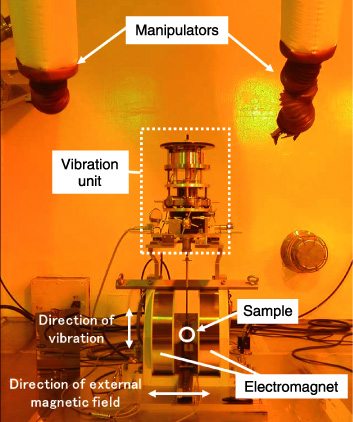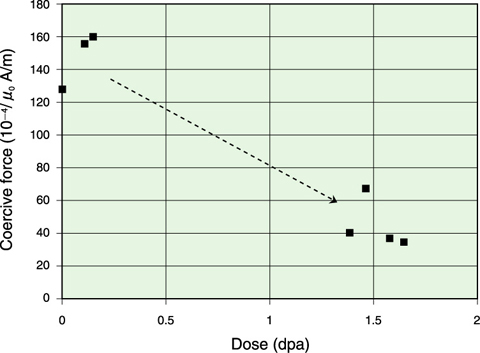
Fig.1-27 Remote operated VSM in a hot cell

Fig.1-28 Relationship between dose and coercive force (Material: 316FR)
Irradiation damage to structural materials such as the reactor vessel of a fast reactor is not as severe as that of core materials such as a cladding tube. However, the structural materials are continuously exposed to irradiation environments for a long period of time, and they are extremely hard to replace. Proper monitoring is thus very important. Our previous studies showed that the dose is effective as an index of irradiation damage. Although the dose can be calculated from plant operating data, there are no methods to evaluate the dose by measuring a sample itself. In this study, we tried to evaluate the dose by means of magnetic measurement. We chose magnetic measurement because magnetic properties may be sensitive to dose-related microstructural change.
We developed a remote operated vibrating sample magnetometer (VSM) for magnetic measurement of neutron irradiated samples. A VSM is a device that evaluates magnetic properties, such as saturated magnetization and coercive force, from induced electromotive force due to vibrating samples in a magnetic field generated by electromagnets. Giving consideration to changing irradiated samples, easy maintenance, reduction of radioactive waste, and so on, we divided the device into two units: a measurement unit and a control unit. The measurement unit was set up inside, and the control unit outside a hot cell. We use manipulators to operate the measurement unit. Fig.1-27 is a photograph of the device we developed (the measurement unit).
The relationship between the coercive force and the dose is shown in Fig.1-28 as an example of the measurement results. The material is 316FR steel, which is a candidate structural material for the next generation fast reactor. We can see that the coercive force decreases with the dose. We revealed that the saturated magnetization is also related to the dose.
These results show that we will be able to monitor irradiation damage in reactor structures by measuring surveillance samples using this device. Measurement takes a short time, so evaluation with higher reliability is possible if we measure a number of samples. In addition, this method is non-destructive, so evaluation is possible for the entire lifetime of the plant with a limited number of samples, if the samples are set in the reactor again after measurement. Furthermore, if we repeatedly measure the same sample during the life of the plant, we can recognize changes in the dose without it being effected by variation in the material properties.